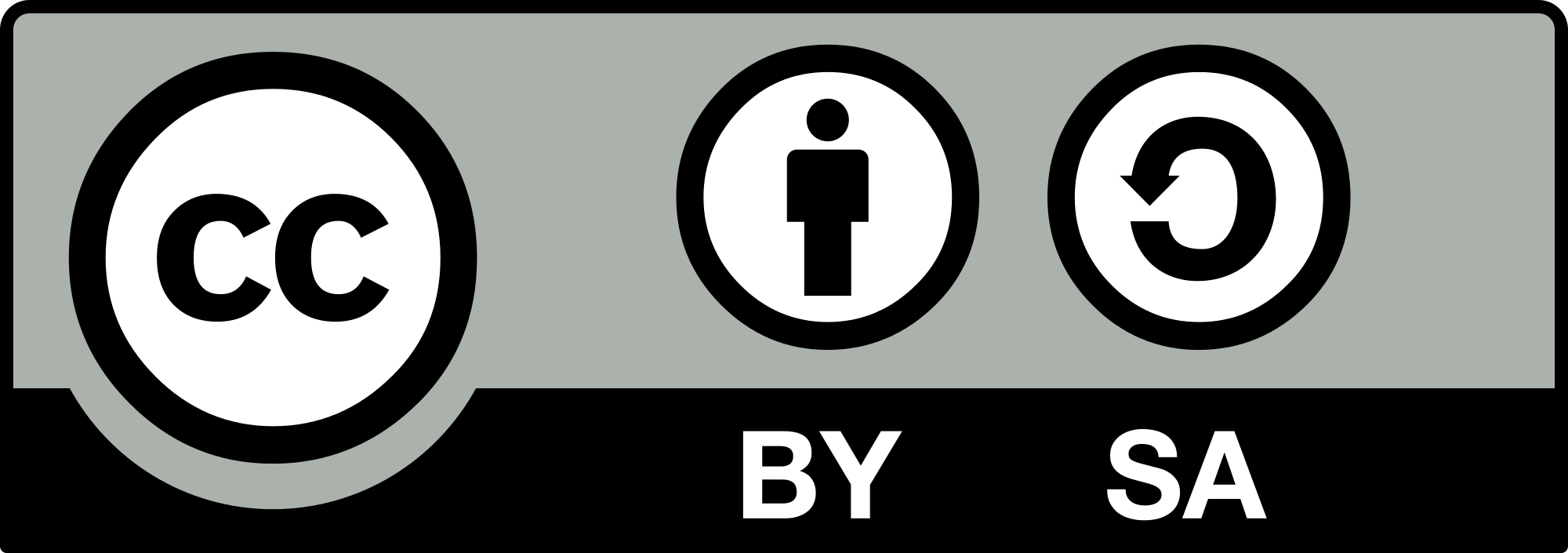MODELING OF QUEUE LENGTH AT RAILWAY LEVEL CROSSING CLOSE TO A SIGNALIZED INTERSECTION (CASE STUDY: JAGIR WONOKROMO SURABAYA RAILWAY LEVEL CROSSING)
Abstract
Keywords
Full Text:
PDFReferences
Badan Pusat Statistik Provinsi Jawa Timur, “Jawa Timur dalam Angka 2017,” 2017
Badan Pusat Statistik Kota Surabaya, “Surabaya dalam Angka 2018,” 2018
Badan Pusat Statistik Kota Surabaya, “Surabaya dalam Angka 2015,” 2015
D. M. Mali, P. N. F. Umrigar, and P. P. N. A, “Study of Congestion of the Road Traffic at Railway Crossings,” Iarjset, vol. 4, no. 3, pp. 147–150, 2017, doi: 10.17148/iarjset.2017.4327
Undang-Undang Republik Indonesia Nomor 23 Tahun 2007, Tentang Perkeretaapian, vol. вы12у, no. 235. 2007, p. 245
X. L. dan L. CHENG, “Traffic Congestion Research of Road and Railway Intersections,” pp. 346–359, 2011
C. De Gruyter and G. Currie, “Rail-road crossing impacts: an international synthesis,” Transp. Rev., vol. 36, no. 6, pp. 793–815, 2016, doi: 10.1080/01441647.2016.1188429
A. S. Amal, “Pengaruh penutupan pintu perlintasan kereta api terhadap tundaan dan panjang antrian pada jalan raya malang - surabaya km.10,” no. x, pp. 85–89, 2003
Kementerian PU, “Kapasitas simpang apill,” Pandu. Kapasitas Jalan Indones., p. 95, 2014
K. PU, “Pedoman Kapasitas Jalan Perkotaan,” p. 70, 2014
I. Setiyaningsih, “Karakteristik Lalu Lintas Pada Persilangan Sebidang Jalan dan Jalan Rel,” 2007
A. D. May, “Traffic Flow Fundamentals.” p. 464, 1990, [Online]. Available: https://books.google.com/books?id=JYJPAAAAMAAJ&pgis=1
H. Widyastuti, A. Utami, and M. I. Putra, “Model of Queuing in the Railway Level Crossings (Case Study: Railway Level Crossings in Jemursari Surabaya) Hera,” IOP Conf. Ser. Mater. Sci. Eng., vol. 650, no. 1, pp. 225–232, 2019, doi: 10.1088/1757-899X/650/1/012053
J. Supratno, “Statistik Teori dan Aplikasi Edisi Keenam Jilid 1.” p. 11, 2000, [Online]. Available: https://books.google.co.id/books?id=A0Ov5OpbXAgC&pg=PA11&dq=statistik&hl=id&sa=X&ved=0ahUKEwiqmZ-jjKXoAhVQfH0KHV96CiwQ6AEIUTAG#v=onepage&q=statistik&f=false
D. A. Susetyo, “Analisis kinerja lalu lintas pada perlintasan kereta api sebidang dengan mikrosimulasi,” no. 10, 2020
DOI: http://dx.doi.org/10.12962%2Fj20861206.v36i1.8725
Refbacks
- There are currently no refbacks.

Journal of Civil Engineering is licensed under a Creative Commons Attribution-ShareAlike 4.0 International License.







.jpg)